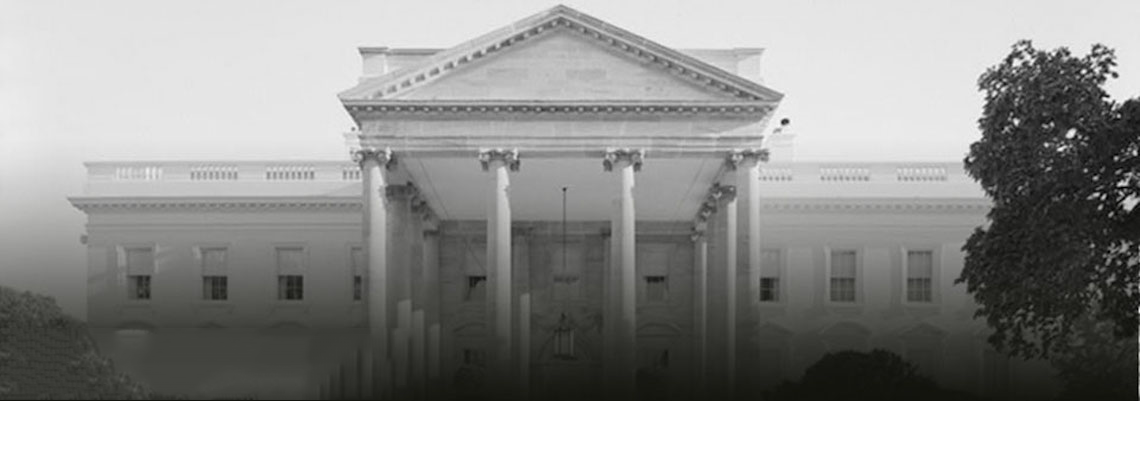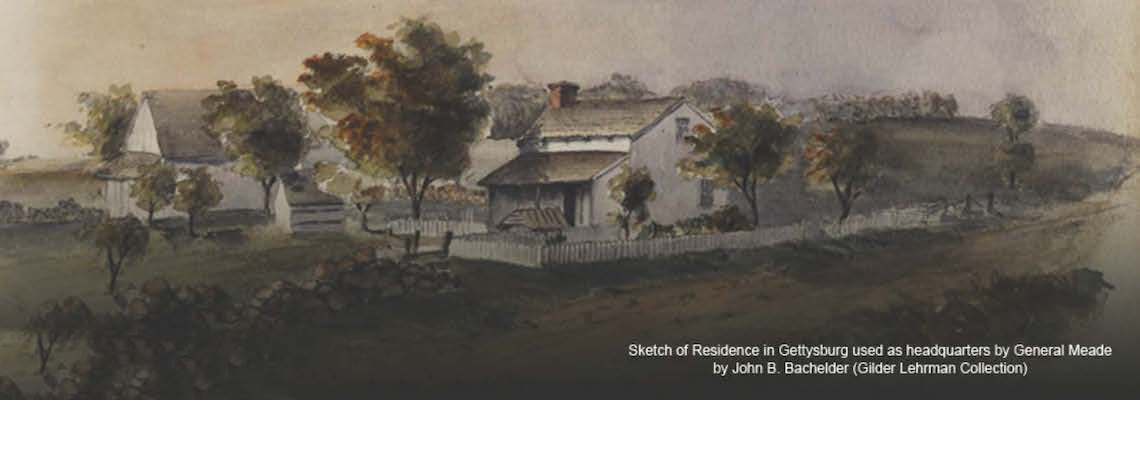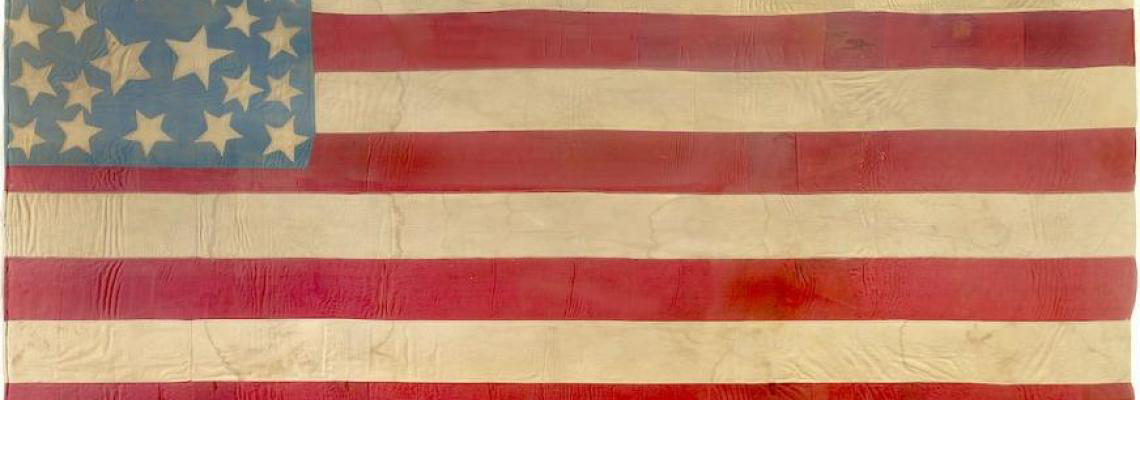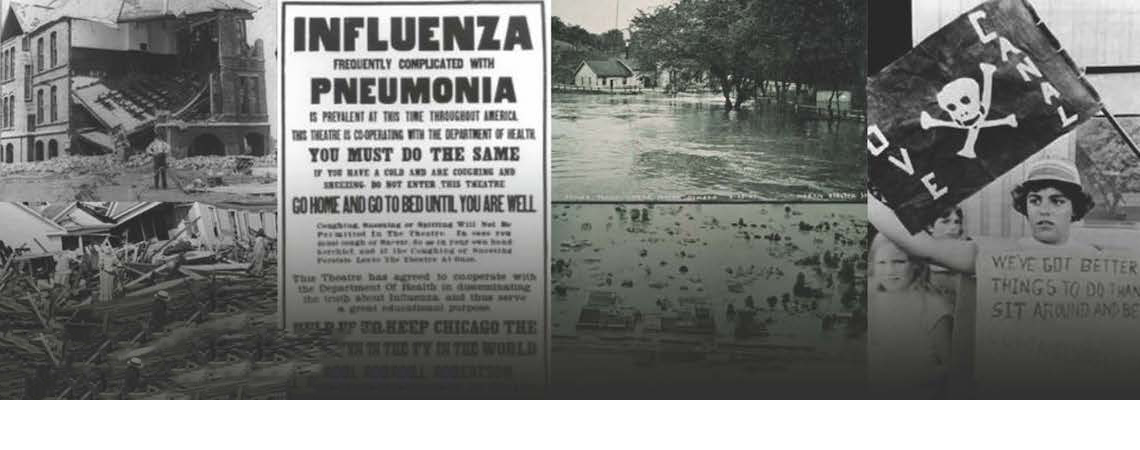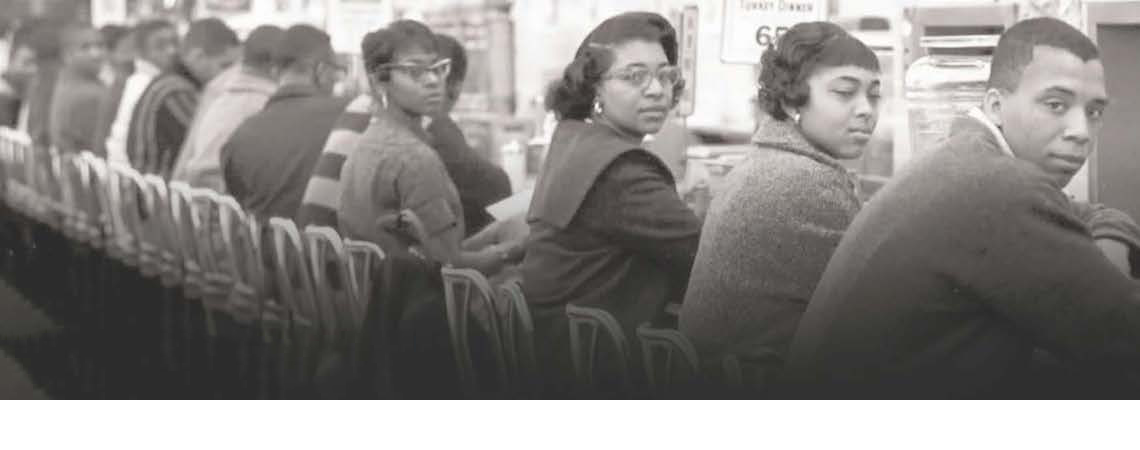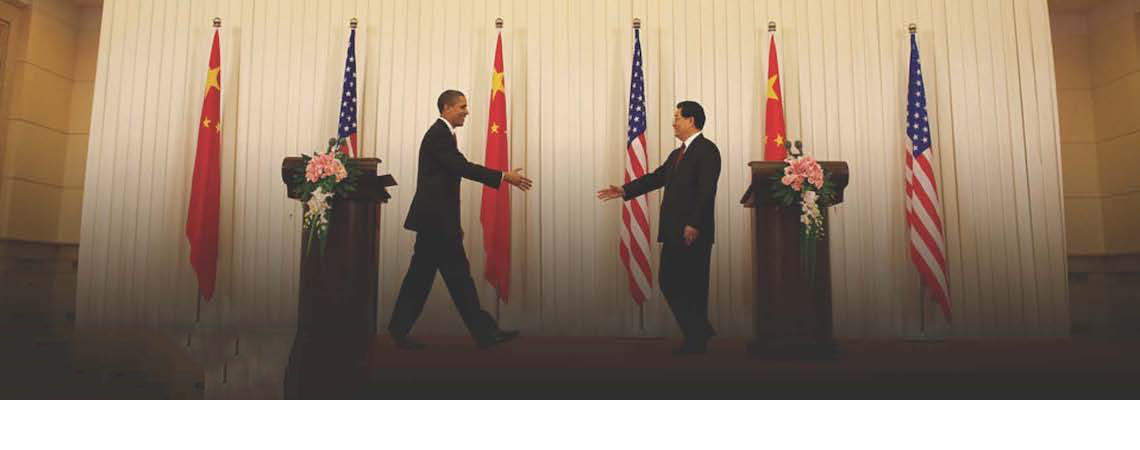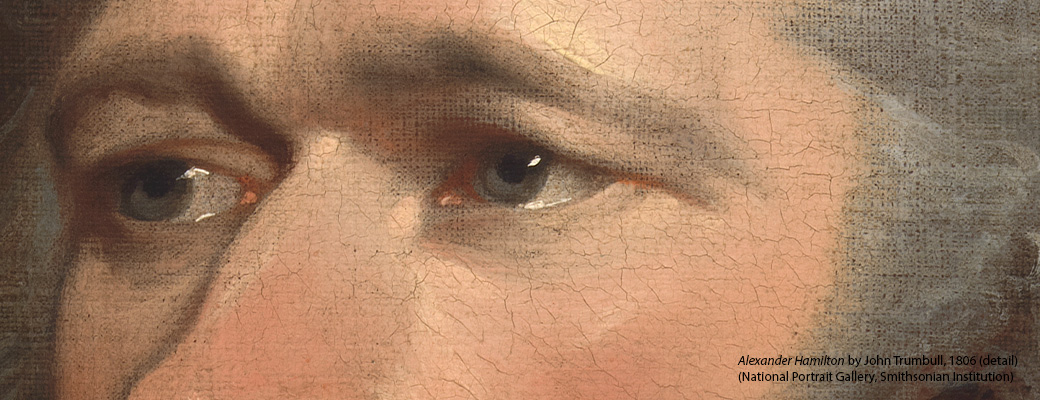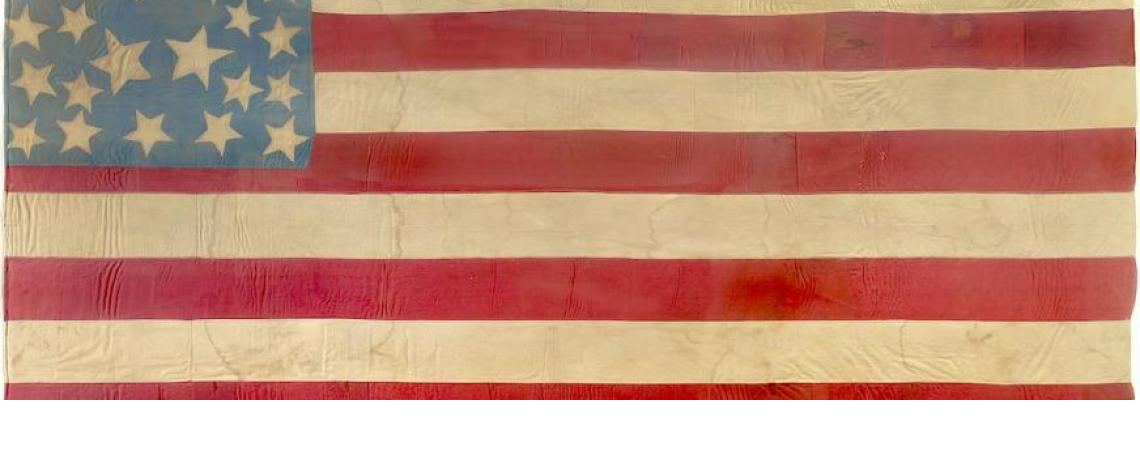90,943 items
On March 4, 1865, Frederick Douglass attended President Abraham Lincoln’s second inauguration. Standing in the crowd, Douglass heard Lincoln declare slavery the "cause" and emancipation the "result" of the Civil War. Over the crisp...
Imperial Rivalries
When Christopher Columbus made his plans to sail westward across the Atlantic, he first set off across Europe to find sponsors. His brother Bartholomew went to the court of the English King Henry VII (who turned him down, much to the...
Inventing American Diplomacy
In 1783, the expatriate artist Benjamin West began what became his most memorable painting, "The Peacemakers." West intended to produce a group portrait of the diplomats whose negotiations resulted in the Treaty of Paris of 1783, but...
Appears in:
The Spectacles of 1912
The presidential election year of 1912 began with one unprecedented spectacle, ended with another, and sandwiched a few more in between. In February, former president Theodore Roosevelt stunned the country by challenging President...
The Puritans and Dissent: The Cases of Roger Williams and Anne Hutchinson
Every society constructs what one scholar has called a "perimeter fence," which sets the boundary between actions and beliefs that are acceptable and those that are not. [1] This is as true of the United States in the twentieth...
Appears in:
African American Religious Leadership and the Civil Rights Movement
Clarence Taylor is Professor Emeritus of Modern African American History, Religion, and Civil Rights at Baruch College, The City University of New York. His books include The Black Churches of Brooklyn (1994), Knocking at Our Own Door...
Native American Discoveries of Europe
Native Americans discovered Europe at the same time Europeans discovered America. As far as we know, no birch bark canoes caught the gulf stream to Glasgow, and no Native American conquistadores planted flags at Florence, but just as...
Appears in:
Teaching American History to Muslim Exchange Students
Everyone knows that the election of 2004 marked a pivotal turning point for the American people. That point was brought home forcefully by the experience of teaching American history that summer to a group of twenty-one young Muslim...
Appears in:
Coming to America: Ellis Island and New York City
New York City is a kind of archipelago, a Philippines on the Hudson River. Only one borough—the Bronx—is actually attached to the American mainland. There are some forty islands in the city beyond Manhattan, Staten Island, and Long...
Appears in:
Why We the People? Citizens as Agents of Constitutional Change
"We the People?" asked Patrick Henry at the Virginia convention to ratify the new Constitution in 1788. "Who authorized them to speak the language of ‘We the People,’ instead of ‘We the States’?" [1] Looking back, we can be grateful...
Appears in:
The Roaring Twenties
The 1920s heralded a dramatic break between America’s past and future. Before World War I the country remained culturally and psychologically rooted in the nineteenth century, but in the 1920s America seemed to break its wistful...
The Impact of Title IX
One of the great achievements of the women’s movement was the enactment of Title IX of the Education Amendments of 1972. The law states: "No person in the United States shall, on the basis of sex, be excluded from participation in, be...
Populism and Agrarian Discontent
Today, the Gilded Age evokes thoughts of “robber baron” industrialists, immigrants toiling long hours in factories for little pay, massive strikes that were often put down by force, and political corruption in both big cities and the...
Exploration
We often speak of America as "unknown," except to its own inhabitants, in the Middle Ages. But so, in a sense, was Europe, which hardly figured on the maps and in the calculations of the immensely richer, more populous, and...
Immigrant Fiction: Exploring an American Identity
Strictly speaking, all American novels (with the exception of those written by Native Americans) are in one way or another immigrant fiction. But we usually think of immigrant fiction more narrowly as the encounter of the foreign-born...
Appears in:
The Seneca Falls Convention: Setting the National Stage for Women’s Suffrage
On July 19–20, 1848, about 300 people met for two hot days and candlelit evenings in the Wesleyan Chapel in Seneca Falls, New York, in the first formal women’s rights convention ever held in the United States. Sixty-eight women ...
Appears in:
Facing the New Millennium
In 1941, on the eve of Pearl Harbor, Time magazine publisher Henry Luce predicted that the twentieth century would become known as the "American Century." By many measures he was correct. During the next sixty years, the United States...
Thomas Jefferson and Deism
Of all the American founders, Thomas Jefferson is most closely associated with deism, the Enlightenment faith in a rational, law-governed world created by a "supreme architect" or cosmic "clockmaker." For many modern Americans, deist...
Appears in:
Abolition and Religion
One verse of the "Battle Hymn of the Republic," the unofficial anthem of the Northern cause, summarized the Civil War’s idealized meaning: In the beauty of the lilies Christ was born across the sea, With a glory in His bosom that...
Appears in:
San Francisco and the Great Earthquake of 1906
At the beginning of the twentieth century, San Francisco still reigned as the major seaport on the Pacific coast. The city traced its origins to 1776, when a Spanish expedition planted a mission and a military post at the end of the...
Appears in:
Sisters of Suffrage: British and American Women Fight for the Vote
The dominant narrative of the entire women’s suffrage movement begins and ends with the United States and Britain. Hundreds of thousands of women petitioned, canvassed, lobbied, demonstrated, engaged in mass civil disobedience, went...
Appears in:
Medical Advances in Nineteenth-Century America
We live in an age when there seems to be a medical breakthrough in the headlines every few days, when new discoveries are immediately—and sometimes prematurely—put into practice. It is easy for us, therefore, to assume that this same...
Appears in:
Why Immigration Matters
It is difficult today to recapture the iconoclasm signaled by Oscar Handlin’s opening words to his Pulitzer Prize-winning The Uprooted more than fifty years ago: "Once I thought to write a history of the immigrants in America. Then I...
Appears in:
Postwar Politics and the Cold War
The late summer of 1945 marked the height of American power. The country that had suffered from dust bowls, economic depression, and a devastating attack on its Pacific naval fleet in the last decade-and-a-half emerged as the dominant...
The History of Women’s Baseball
From 1943 to 1954, "America’s pastime" was a game played in skirts. At its peak in 1948, the All-American Girls Professional Baseball League (AAGPBL) fielded ten teams in midwestern towns like Rockford, Illinois (Peaches); South Bend,...
Henry Kissinger and American Foreign Policy
Henry Kissinger is one of the most controversial figures to emerge from the Cold War. He participated as a soldier, scholar, and statesman in many of the most significant policy debates of the period. He acted as an intellectual,...
Appears in:
Getting Ready to Lead a World Economy: Enterprise in Nineteenth-Century America
When Jefferson won the presidency in 1801, his victory had an economic impact as great as the political one. The establishment of the new government under the Constitution twelve years earlier had laid the foundation for an integrated...
Appears in:
Immigration and Migration
The United States emerged in the last third of the nineteenth century as an industrial powerhouse, producing goods that then circulated around the world. People in distant countries used American-made clothes, shoes, textiles,...
The Progressive Era to the New Era, 1900-1929
We should not accept social life as it has "trickled down to us," the young journalist Walter Lippmann wrote soon after the twentieth century began. "We have to deal with it deliberately, devise its social organization, . . . educate...
A New Look at the Great Plains
To most Americans the Great Plains are the Great Flyover, or maybe the Great Drivethrough. Viewed from a window seat the plains seem nearly devoid of interest, something to get across enroute to someplace far worthier to explore or...
Appears in:
The Righteous Revolution of Mercy Otis Warren
Seven months after British Regulars marched on Lexington and Concord, three months after King George III declared the colonies in a state of rebellion, and a month after British artillery leveled the town of Falmouth (now Portland,...
Appears in:
The Colonial Virginia Frontier and International Native American Diplomacy
Telling the story of Native Americans and colonial Virginians is a complex challenge clouded by centuries of mythology. The history of early settlement is dominated by the story of a preteen Pocahontas saving the life of a courageous...
Appears in:
Lockean Liberalism and the American Revolution
The town of Boston took an important step toward rebellion on November 20, 1772, by adopting a declaration of "the Rights of the Colonists" drafted by Sam Adams, the firebrand of the Revolution. Adams summarized these "Natural rights"...
Appears in:
Rethinking Huck
A classic, Mark Twain quipped, is "a book which people praise and don't read." The Adventures of Huckleberry Finn is the rare classic that is highly praised and widely read. Following World War II, it became required reading in most...
Appears in:
Showing results 3601 - 3650

